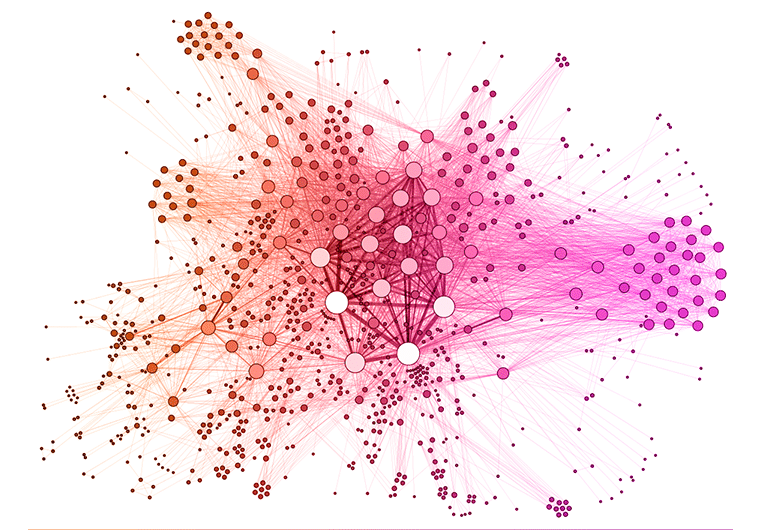
Fair Weather Risk Management
I learned a valuable lesson about risk management the summer after I moved to Boulder, Colorado. Coloradans love to remind others (and each other) they get over 300+days of sunshine each year, and my first year in the state seemed to bear out this anecdotal wisdom. However, what all the jolly weather-snobs fail to mention is that Boulder is also prone to monsoons during the summer months that can produce some of the fiercest rain you’ve ever seen.
The warm summer days melt snow and heat pools of water across the Rocky Mountains, causing moisture to rise into the atmosphere and be carried eastward by turbulent mountain winds. When the moist air abruptly stabilizes after hitting the plains to the east, it can no longer support all the moisture it picked up along the way and it sends it crashing back to earth in a violent downpour. Long story short: the clear blue sky for my bike ride to the office each morning was a very poor indicator of what I would face on the ride home.
So, “Why the weather lesson?” you ask. Because I learned that it’s very hard to remember your rain jacket when the weather outside is beautiful. Humans have a notoriously bad memory for unfavorable events and a curiously good memory for favorable ones. Perhaps this evolved as a coping mechanism, perhaps it’s plain denial, or perhaps we just want to believe that something good can last forever. In any case, it’s terrible risk management.
Today’s natural gas market may just be the energy equivalent of a sunny summer morning in Colorado. Natural gas supporters have been fueled by almost a decade of steady production increases and sub-five-dollar prices. New and efficient combined cycle generation facilities are quickly replacing a fleet of aging coal units and a new federal administration is unabashedly supportive of fossil fuel generation. The U.S. is going long on natural gas in a big way.
While the present forecast may be fair for natural gas, the consolidation of so much thermal generation into this single fuel type is something that should make risk managers cringe. The reduced fuel diversification is exposing power markets to more and more natural gas price risk. This means that small gas price moves will have a larger effect on the bottom line for generation, and larger moves can be catastrophic; look no further than the infamous Polar Vortex of 2012 for a prime example. What’s more, natural gas has historically been an immensely volatile commodity. There are 4 examples in the last 20 years where the price of natural gas has doubled or worse within a 12-month span (source: EIA).
How confident are we that such a price event will not precipitate in the near future? What do we have to protect us if it does?
Sometimes the sunniest days are the best to carry an umbrella. At cQuant, we help energy companies and utilities prepare for the unexpected with advanced analytics and risk management software. Visit cQuant.io for more information and request your free demo today.